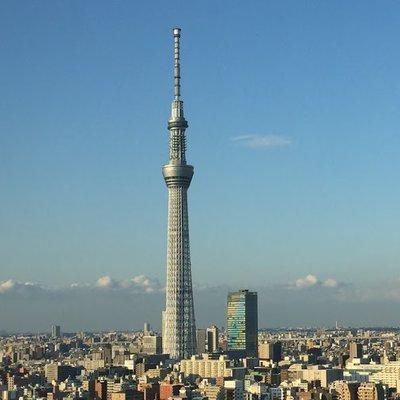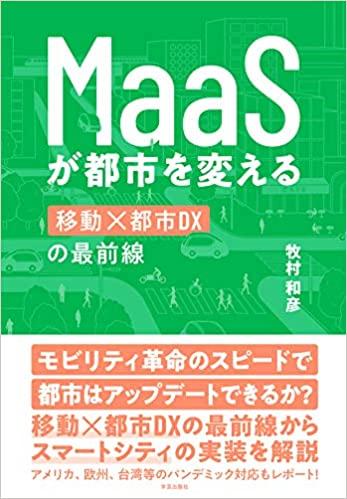"Portable Wi-Fi" Review
25/03/2022

A social open space (image: Google) that allows you to learn art and culture.

On May 25, 2021, the San Noge City Council, California, unanimously approved Google's "downtown complex development plan (aka, downtown waist plan)".The plan is a new era of public transport -oriented urban development (TOD), where office, housing, stores, hotels, parks, etc. are built on the site of 7 Tokyo Domes and about 32 has for 7 Tokyo Domes.[Image] Use of lanes is transformed into an illusion of "Dynamic Lane" on the site where 20,000 employees can accommodate (about 6).7ha), 4000 houses (of which have 1000 affordable The concept of the next -generation moving street space (image: Google). When you get off the light rail station, the city of human scales, where Google also moves in front of you, will spread, leading to a pedestrian flow connecting offices, houses, and parks. The movement of people in the city is an ambitious plan that aims for zero carbon, with a total of 65 % of the ratio of walking, bicycles and public transportation. Considering that the utilization rate in this area is over 60 %, the meaning of the goal will be understood. For this reason, the number of parking lots is 2360 units for 4,000 houses, and only 4,800 parking lots for commercial, employees, and visitors are planned. Through urban development, IT companies promote people's awareness and behavioral change, leading the carbon -free society. In a daily life, it is designed to be in harmony, securing a dedicated space separated from the roadway, connected to the surrounding area, so that it can be done on foot or bicycle. These pedestrians and bicycle networks are also strongly conscious and planned for the formation of local communities. For automotive transportation caused by new urban development, the entire area is considered to keep calm, and the spirit of zero vision without accidents due to various devices that suppress speed and monitoring in traffic conditions. It is included. It is also interesting that the dynamic lane that could not be realized in Toronto, Canada is included. The idea is not only the function of running on the road, but also the idea of flexibly utilizing the lane according to the time zone and situation, and the space in the district is secured as "DL". Google prepares an incentive measure that supports the choice of various movements other than automobiles for residents in the area, preparing a program that promotes the "wise usage of cars" for employees. ing. For example, employees around the district have a carpur service, and it is planned to suppress one -seater car commuting by matching employees with smartphones. Google MaaS, which was not possible in Toronto, will be shown in San Jose. Google's challenge to enhance not only employees but also regional welby swings (happiness and health), including residents and visitors, are new urban development in the suburbs of Japan, and the smart carbon -free society. As a city strategy and office strategy, it is a notable initiative that keeps an eye on it. Kazuhiko Makimura (Director of Planning Planning Research Institute)What is the "human -centered smart city"?